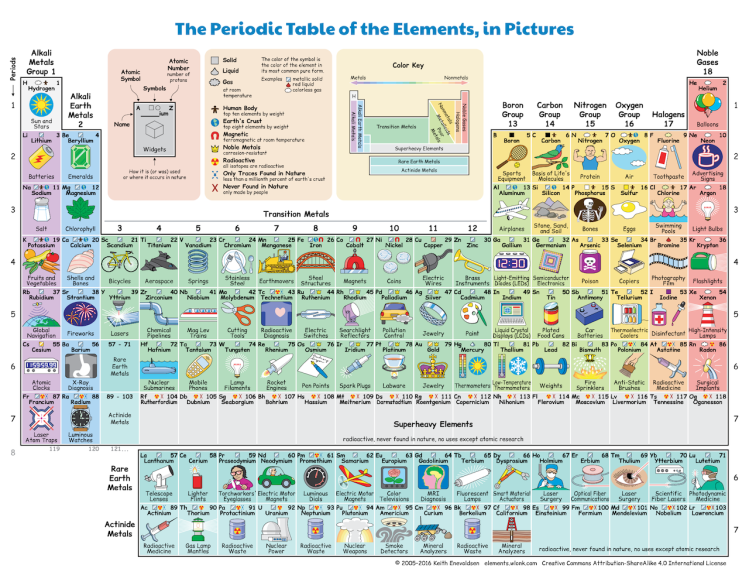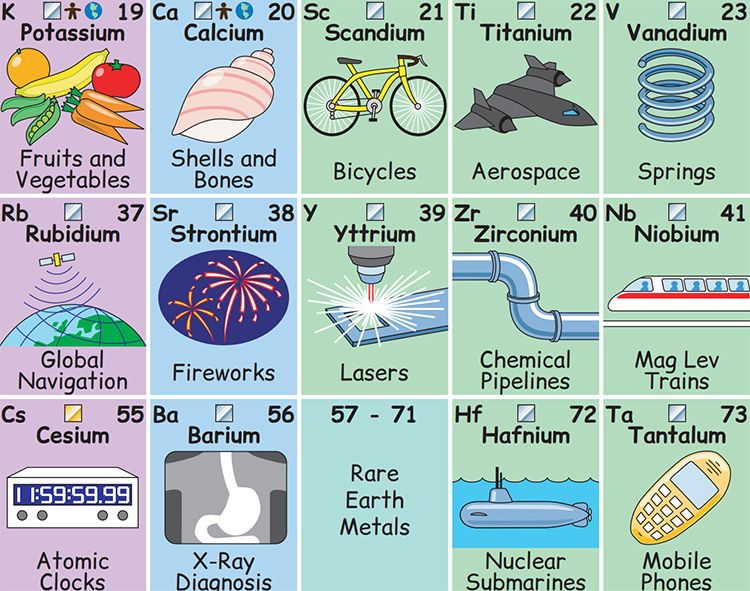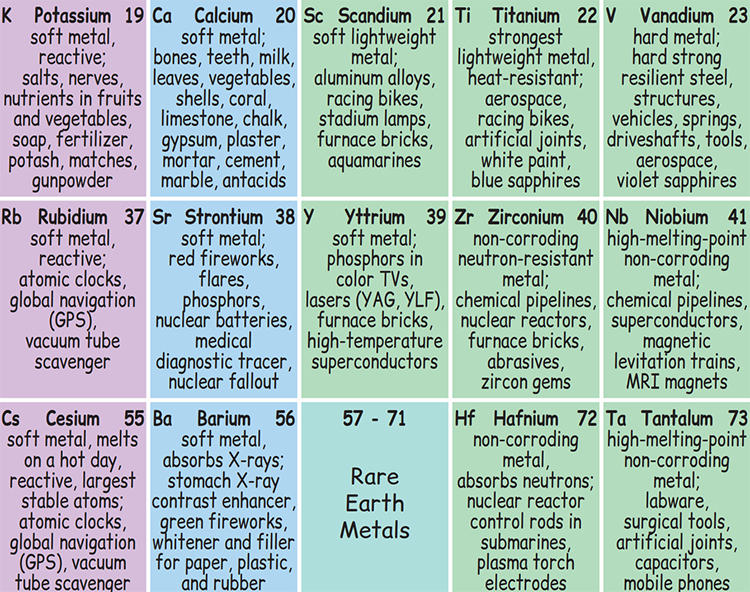In this exciting moment from the BBC’s Mission Galápagos, Liz Bonnin joins marine biologist Tierney Thys and MV Alucia submersible pilot Mark ‘Buck’ Taylor in what looks like a Triton 3300/3 submersible. At 82 meters (269 feet) below the water’s surface, they spot a gentle giant: The Mola Mola.




















































